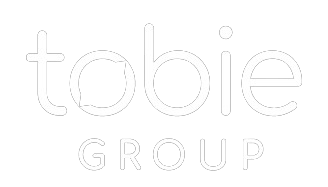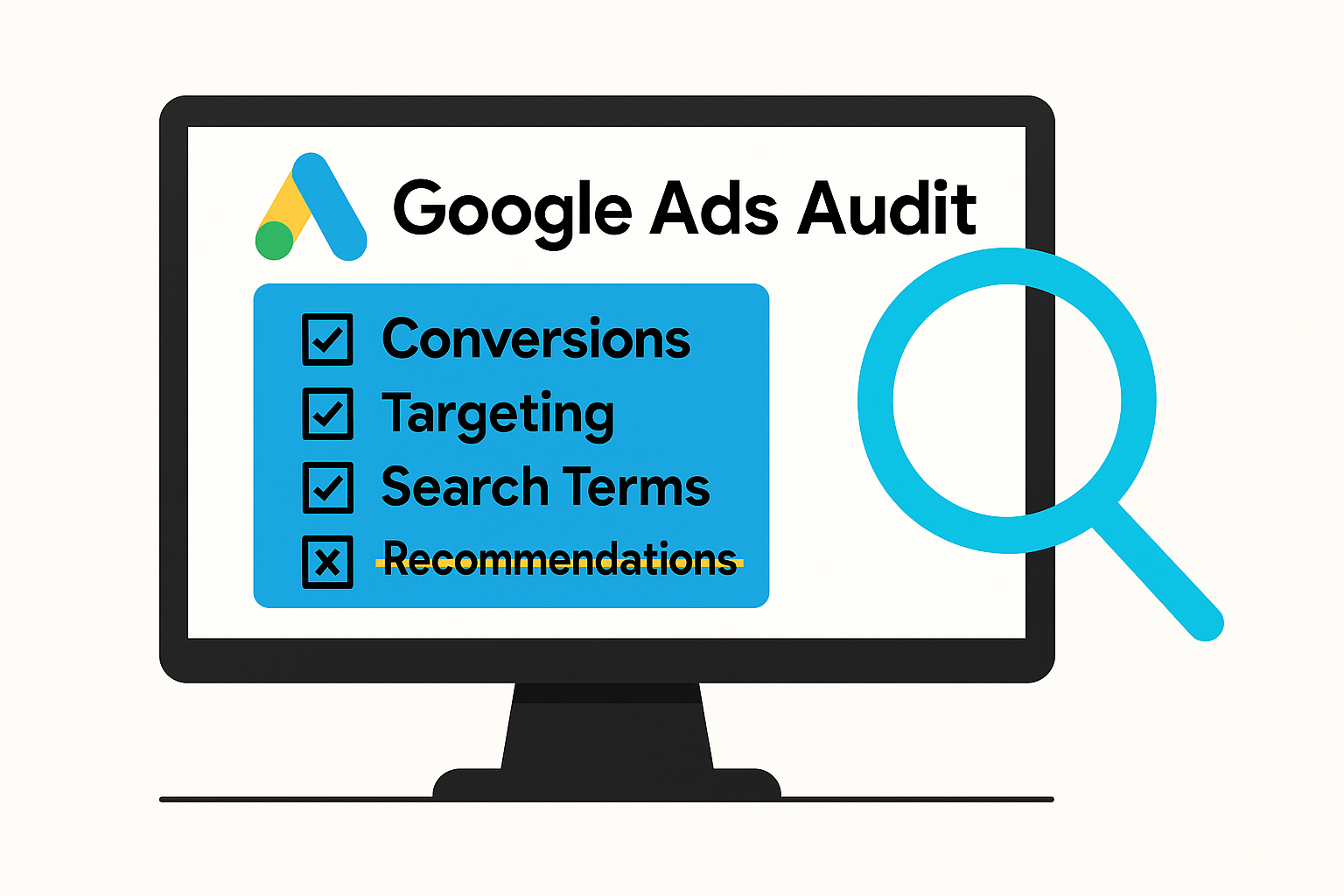Four Areas Where Google Ads Spend is Wasted
Google Ads is one of the most mature, robust advertising platforms out there—but that maturity can be a double-edged sword. With so many levers to pull, settings to tweak, and features to monitor, even the most experienced ad managers can miss something. This is especially true when the same ad manager has overseen the account for a long time. Familiarity breeds comfort, and comfort can quietly drain your budget.
Tobie Tip: If you have an agency running your account, ask them to have a separate ad manager on their team perform a Google ads audit and report those findings to the team. Ad managers have different approaches, and an extra set of eyes usually will find new ideas and uncover areas to optimize. Most good agencies will happily oblige.
You don’t need to be a Google ads expert to spot trouble and get more from your ad spend. This blog walks through the most common areas where ad spend is wasted in Google adwords.
Google Ads Audit Item #1: Conversion Tracking & Goals
At Tobie, we often remind clients that if you want certain outcomes, you have to start with the right inputs. In Google Ads, those inputs are your conversion actions—the specific events you're telling the system to aim for. Getting these wrong skews your data while misleading the entire algorithm. There are two common ways this goes sideways:
- No conversions tracked at all. In this case, your account lacks direction. Google doesn’t know what success looks like, so it can’t optimize toward it.
- The wrong conversions are being tracked. We often see accounts that are counting page views or time on site as conversions. In e-commerce, revenue is sometimes inflated by counting "add to cart" events rather than actual purchases.
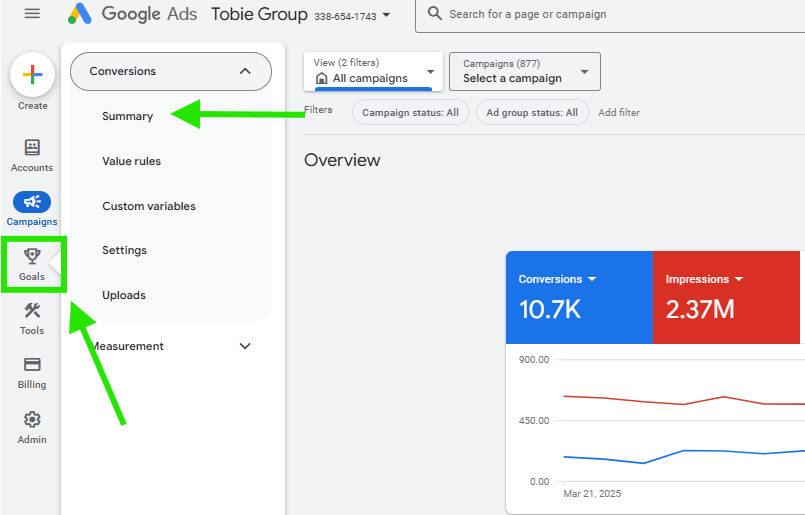
Getting this part right is critical. If your conversion tracking is off, you're flying blind. Even if the rest of your campaign setup is flawless, Google Ads will optimize based on the signals you feed it. If those signals don’t represent real business value, you're spending money without direction.
If you don’t understand how to implement or set up conversion tracking, this is one area where we highly recommend bringing in an expert. The tracking infrastructure you build informs every optimization decision Google makes on your behalf, so the stakes are high.
Tobie Tip: Invest time in identifying the correct conversion points for your business, and have a professional help set up your conversion tracking. There’s nothing worse than managing a campaign for months before realizing that you’re managing to an incorrect or nonexistent goal.
Google Ads Audit Area #2: Review the Recommendations Tab—But Don't Obsess Over the Score
One of the easiest places to uncover optimization opportunities is in your Google Ads Recommendations tab. This section gives you quick, at-a-glance suggestions like adding keywords, switching to automated bidding, or expanding your targeting. Some of these tips are genuinely helpful. But others are geared toward boosting your ad spend and not improving your return.
Google has gamified its platform to shift more control away from advertisers and into the hands of automation. The Optimization Score isn’t a performance metric. In fact, all it really does is measure whether you’re paying attention to the Recommendations tab.
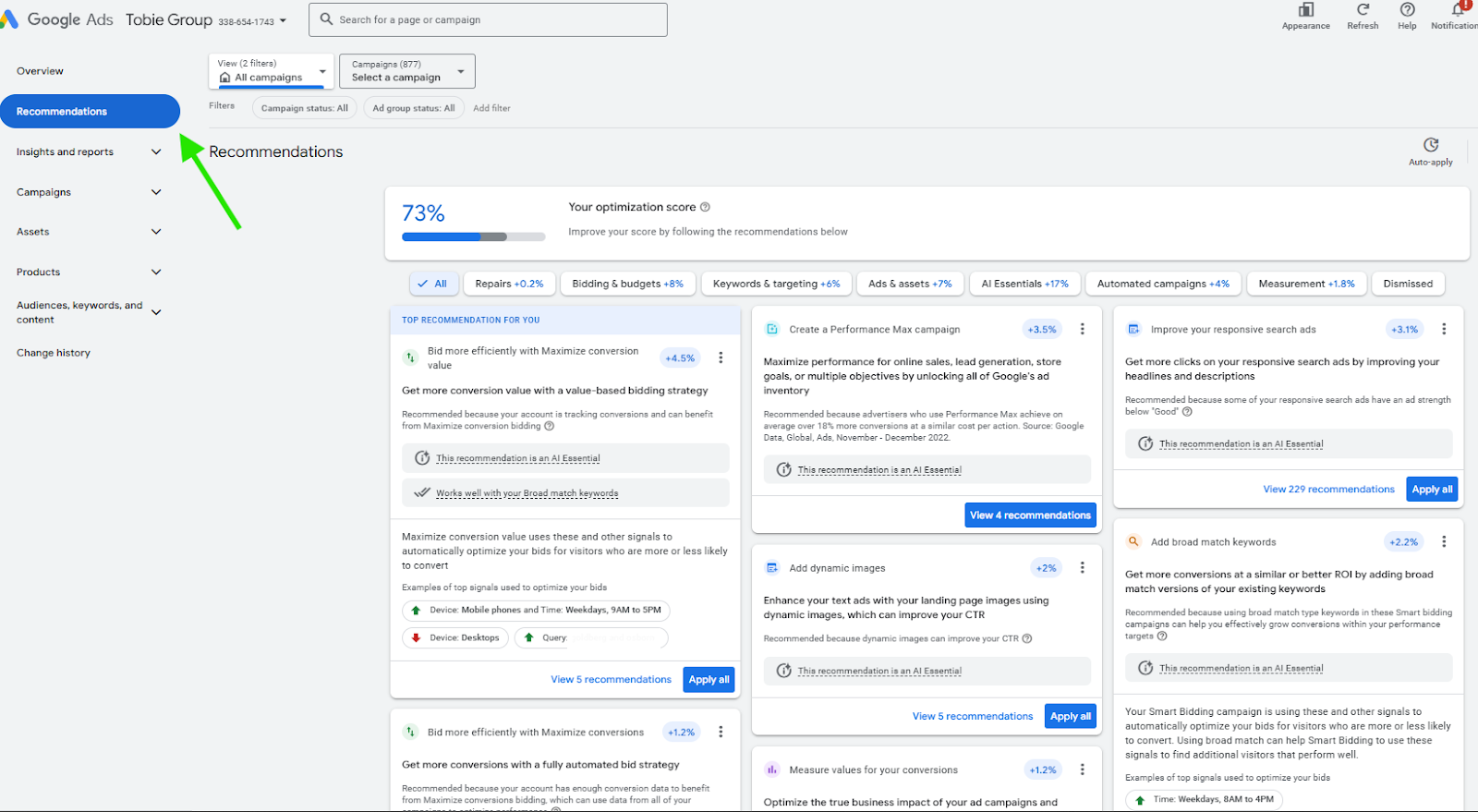
Don’t believe us? Head into your account and try rejecting every recommendation. You’ll still see your Optimization Score go up. We encourage you to treat the Recommendations tab as a source of ideas, not as a to-do list. The only score that matters is the one tied to your return on investment.
Audit Area #3: Keywords vs. Search Terms – Are You Targeting What You Think You Are?
Keywords are the specific words or phrases that advertisers select to tell Google when and for what types of user searches their ads should be considered. Think of keywords as the core terms that represent the topics, products, or services your business offers and the user intent you want to capture.
For example, if I’m a plumber, I might choose to target keywords like: “emergency plumber,” “plumber to fix hot water heater,” or “plumber in (city name).” If the plumber is targeting those keywords, and bids high enough, their ad would appear within the search results when someone searched for those terms.
Your ad account’s keywords should signal to Google the kinds of searches that are most relevant to your offerings.
Understanding Keyword Match Types in Google Ads
When you select keywords for your Google Ads campaigns, you also choose a match type. This setting tells Google how closely a user's search query needs to match your keyword for your ad to be eligible to appear.
Here's a breakdown of the primary match types:
- Broad Match:. Your ad may appear for searches that include your keyword in any order, and may also include synonyms, related terms, misspellings, and other relevant variations. It offers the widest reach but can also lead to your ads appearing for less relevant searches.
- Phrase Match: Your ad may show for searches that include the exact phrase, or close variations of that exact phrase, with additional words before or after. The words must appear in the specified order.
- Exact Match: Your ad may show for searches that are the exact phrase, without any extra words, or close variations of that exact phrase (including misspellings, singular/plural forms, stemmings, abbreviations, and accents). It offers the most control but can limit reach.
![Visual diagram explaining keyword match types in Google Ads using the keyword 'furniture store.' It is divided into three columns:
Broad Match (left): Ads may show on searches that relate to the keyword. Example queries include 'home decor' and 'cream coloured leather sectional.' Notation: keyword.
Phrase Match (center): Ads may show on searches that include the meaning of the keyword. Example queries include 'cheap furniture stores' and 'what store is the best place to find a bedroom dresser.' Notation: “keyword”.
Exact Match (right): Ads may show on searches with the same meaning as the keyword. Example queries include 'furniture store' and 'home furnishing store.' Notation: [keyword].
A horizontal spectrum at the bottom ranges from 'Comprehensive matching' for broad match to 'Tight matching' for exact match, with phrase match in the middle.](https://tobiegroup.com/wp-content/uploads/2025/04/AD_4nXdKWmfwwsx5wRW3sP20c6sfEywehbvV8Pfydwr_0bLzfKKB-Xu5WV9TSuvulHSyZ-5VXO6cZZ-YoqnNYqGXf45w39D76WyS5bm1X1VCkiYhCUACXh_cR_AT_hFt8IeRhd4czDMgHg.png)
Broad Match Gone Wild
While broad match offers the potential for wide reach and can help uncover unexpected search terms, it can also be a significant source of wasted ad spend if not carefully monitored.
Google's interpretation of "relevant" can sometimes stray far from your intended audience and commercial goals.
Let’s check back in with our plumbing example to illustrate how broad match keywords can lead us in the wrong direction. Consider a few of these searches:
- "how to become a plumber" (someone looking for career information)
- "plumber salary in [another state]" (irrelevant location)
- "plumbing supply stores near me" (someone looking for parts, not a service)
While these searches contain variations of the word "plumber," their underlying intent is very different from someone actively seeking to hire a plumbing service for a repair, installation, or emergency. These clicks, while technically a match according to broad match rules, are unlikely to result in valuable leads or booked appointments and can quickly deplete your budget.
The Importance of Google's Search Terms Report
Regularly reviewing your Search Terms Report in Google Ads is a critical practice for optimizing your ad spend. This report shows you the actual search queries that triggered your ads.
You can then identify irrelevant searches and take action by adding those terms as negative keywords to prevent your ads from showing for them in the future, ensuring your budget is focused on reaching genuinely interested prospects.
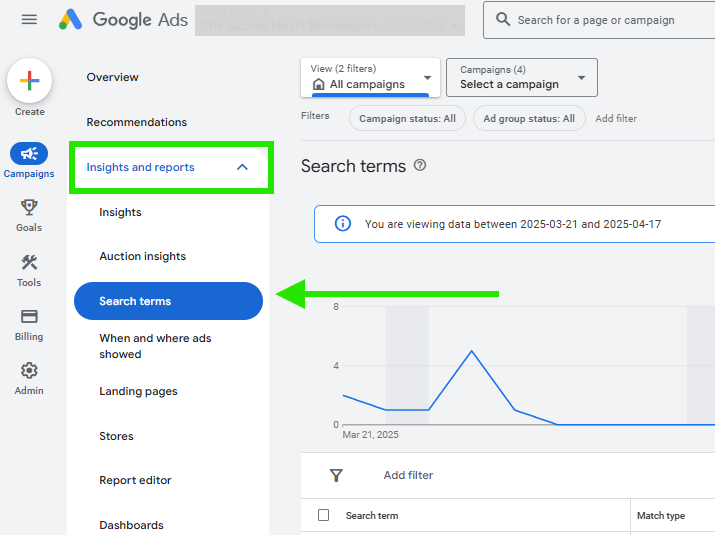
Tobie Tip: Most campaigns benefit from a healthy mix of broad and exact match keywords. Broad match can help uncover new, high-converting search terms you may not have considered. Plus, Google’s algorithm is getting better at reading intent signals with each update. The key is balance: let broad match help you discover new opportunities, but always verify those insights with the Search Terms Report.
Audit Area #4: Google's Targeting Options – Are You Reaching the Right People at the Right Time?
Google Ads offers a range of targeting options beyond keywords that can make or break your campaign performance. These include settings for devices, locations, and scheduling. If these are misconfigured, you might be paying for clicks that have no chance of converting.
Device Targeting: Review campaign performance by device. If certain devices consistently underperform, adjust your bids or consider excluding them. And make sure your landing pages are mobile-optimized if mobile drives a large share of your traffic.
Location Targeting: Double-check that you're targeting only your service areas. Exclude regions that don’t make sense, and consider using radius targeting if your business serves a specific zone. Compare performance across locations to spot areas where you might scale back or double down.
Ad Scheduling: Look at performance by hour and day. Are your ads showing when customers are most likely to convert? Use this data to adjust bids or pause campaigns during low-performing windows.
These simple checks can tighten your targeting, reduce wasted spend, and help you engage the right prospects more effectively.

When to Call in a PPC Agency or Google Ads Consultant
If you've been running Google Ads for months and still feel unsure about performance, it might be time to partner with an expert. Here’s when to consider calling in a PPC agency:
- You’re spending more than $1,000 per month and not seeing ROI.
- Your account has multiple campaigns and conversion goals.
- You don’t have time to keep up with the constant platform changes.
A reputable agency will bring strategic structure, tighter targeting, and continuous optimization.
